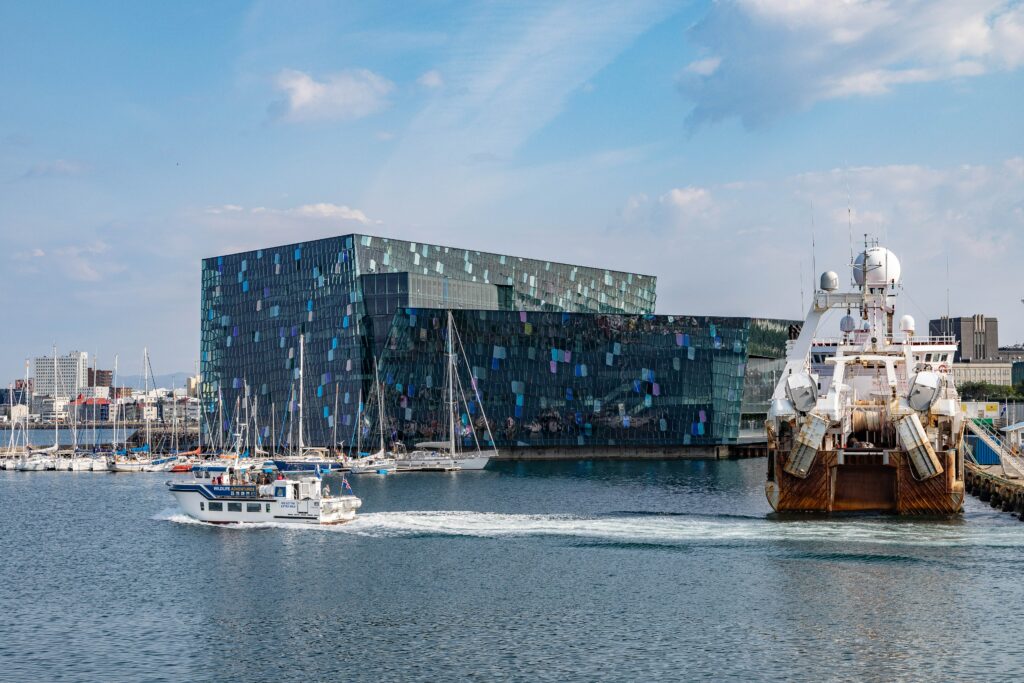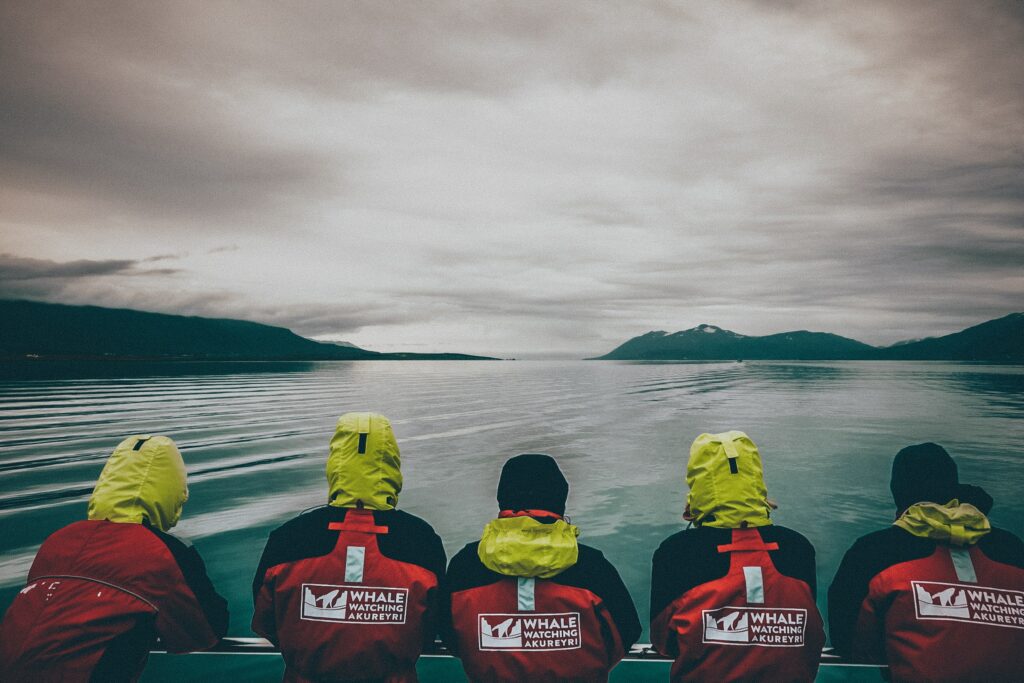ICELAND HAS BANNED WHALE HUNTING, BUT CAN WHALE WATCHING FILL THE ECONOMIC VOID?
Iceland has cancelled new permits for commercial whale hunting meaning that whaling will be gone for good when the current quotas expire. ITB asks how this affects tourism and whether the travel industry can fill the void economically.
Once Iceland hangs up its harpoons in an economically driven decision, Japan and Norway will be the only countries in the world where fishermen hunt whales for profit That’s where tourism comes in.
Iceland’s fishing minister Svandis Svavarsdóttir said: “There are few justifications to authorise the whale hunt beyond 2024.
“There is little proof that there is any economic advantage to this activity,” she wrote in Morgunblaðið newspaper.
Demand for Icelandic whale meat has fallen dramatically since Japan began commercial whaling again in 2019.
Tourists appeared to have been supporting local demand for whale meat, with 209 endangered fin whales and 217 minke whales being hunted per quota in Iceland. But in the last two years, only one whale has officially been killed.
Some 84% of Icelanders have never eaten whale and just 2% eat it on a regular basis, according to a 2018 survey by US analytics firm, Gallup.

Whale hunting to watching
Spear drift whale hunting has taken place in Iceland since the 1100s but the ‘local delicacy’ has been kept alive by restaurants catering to tourists who believe it is part o the cultural experience.
While the demand for whale meat has plummeted, demand for whale watching has risen meaning the aquatic mammals are worth more to Iceland alive rather than dead. The sea creatures could generate much higher revenues from tourism than the money made by whale hunting and meat production. Furthermore, the number of travellers in Iceland who eat whale meat decreased by 72% after animal welfare campaigners launched their ‘meet us don’t eat us’ campaign in 2011.
But while whale hunting is becoming less profitable, whale watching is growing rapidly. In 1995, only 2,000 tourists booked whale tours compared with more than 100,000 some 22 years later.
The tourist attraction was bringing ISK 3.2 million per year to Iceland by 2017, equivalent to almost $25,000 USD. This number is likely to rise as whale hunting is reduced and the population of the species grows.

Whaling has posed a challenge for Iceland for a long time, with tourists often whale watching off the coast of Húsavík and then dining on grilled minke steak for dinner. But the market appears to have forced the country’s hand with shifting consumer behaviours.
Over the past two decades, whale watching has become a premier activity in Iceland among glacier visits, hot springs and seeing the northern lights. Endless daylight in the summer and a unique combination of warm and cold sea currents make Iceland’s waters home to a wide range of fish and krill, creating a rich feeding ground for 24 species of whale.
Tourists’ chances of spotting specific whale species depends on which port they depart from, with minke sightings being the most common. Humpback whales also visit Iceland in the summer and are known as the ‘attention seeking’ creatures of the sea. They are often seen rising above the water and slapping their tails or feeding during whale watching tours.
Tour operators including the norther towns of Akureyri and Husavik on their schedules, have had seasons where travellers have sighted at least one humpback whale on every trip. Other species in Iceland include white-beaked dolphins, harbour porpoise, beaked whales, orcas, toothed whales and pilot whales.
